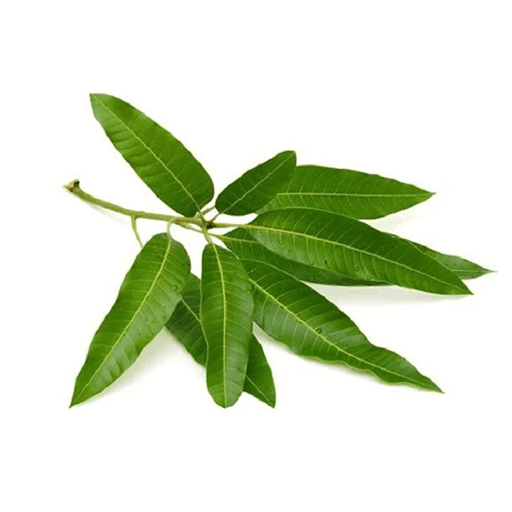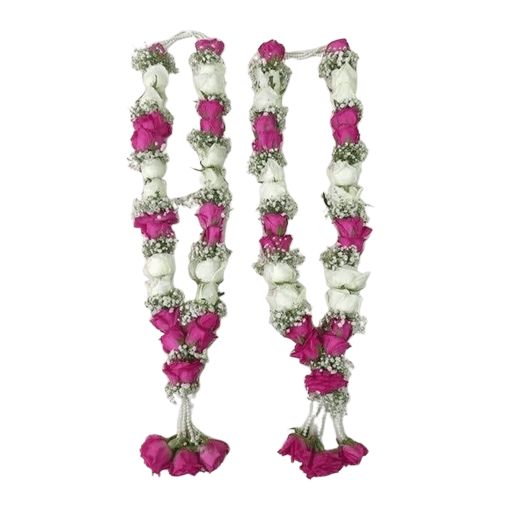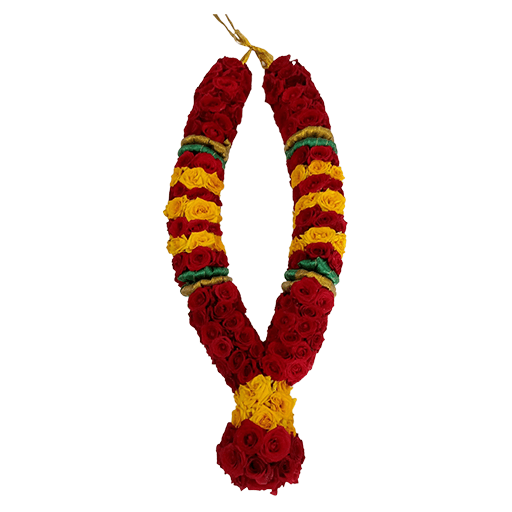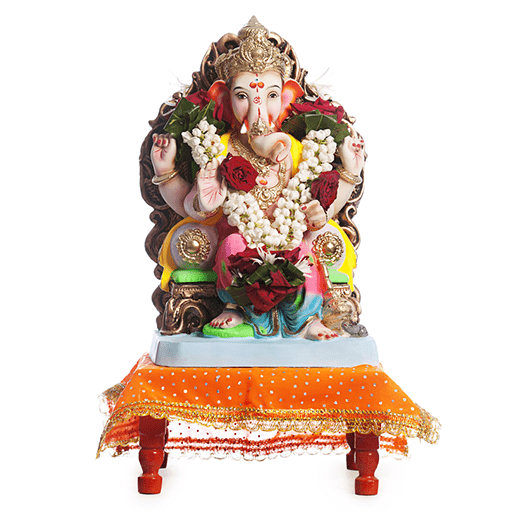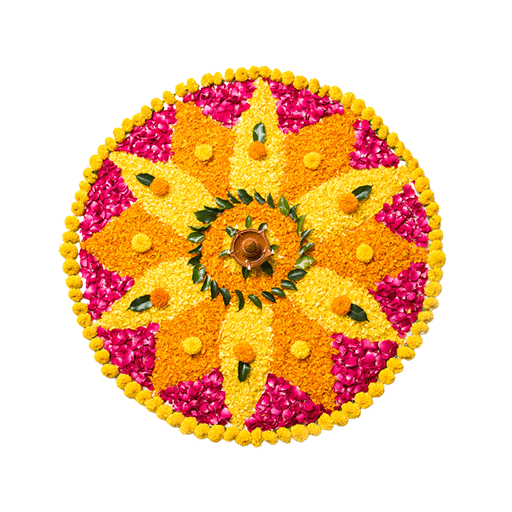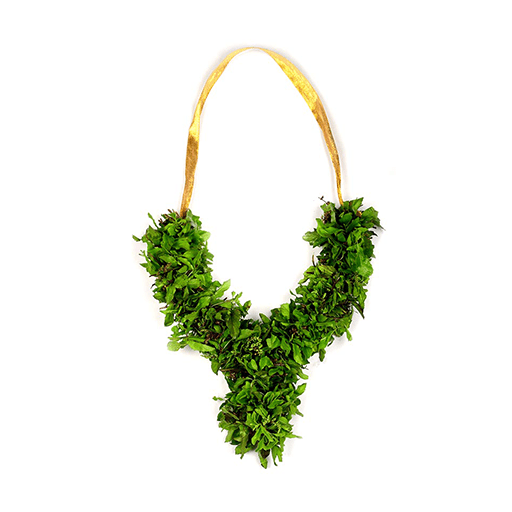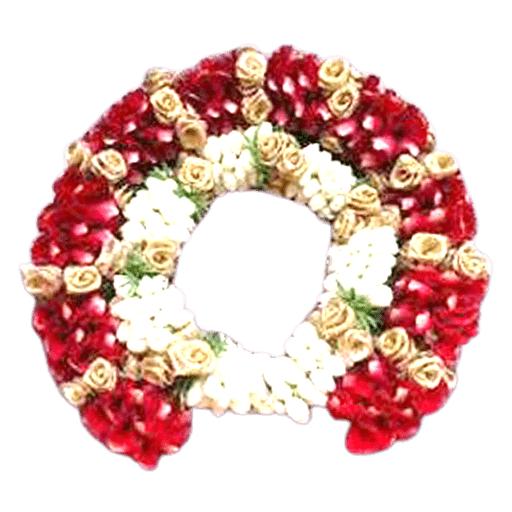Vasant Panchami
It takes two flints to make a fire
Get Franchise
A Symphony of Spring Scents: Flowers, Garlands, Leaves for Vasant Panchami
Vasant Panchami, the vibrant festival of colors and renewal, paints India in a delightful palette of fragrant blossoms and verdant greens. It’s a day to celebrate Saraswati, the goddess of knowledge and music, and welcome the blossoming of spring. And what better way to do so than by adorning homes, temples, and ourselves with the season’s choicest floral offerings?
Here’s a look at some of the most beloved flowers, garlands, and leaves used in Vasant Panchami celebrations, each carrying its own special significance and fragrance:
The Enchanting Jasmine String:
- The queen of spring, jasmine’s delicate white blooms and intoxicating aroma fill the air with a sense of joy and purity.
- Jasmine strings, woven with fragrant blossoms, are draped across doorways and idols, symbolizing Saraswati’s love for learning and creativity.
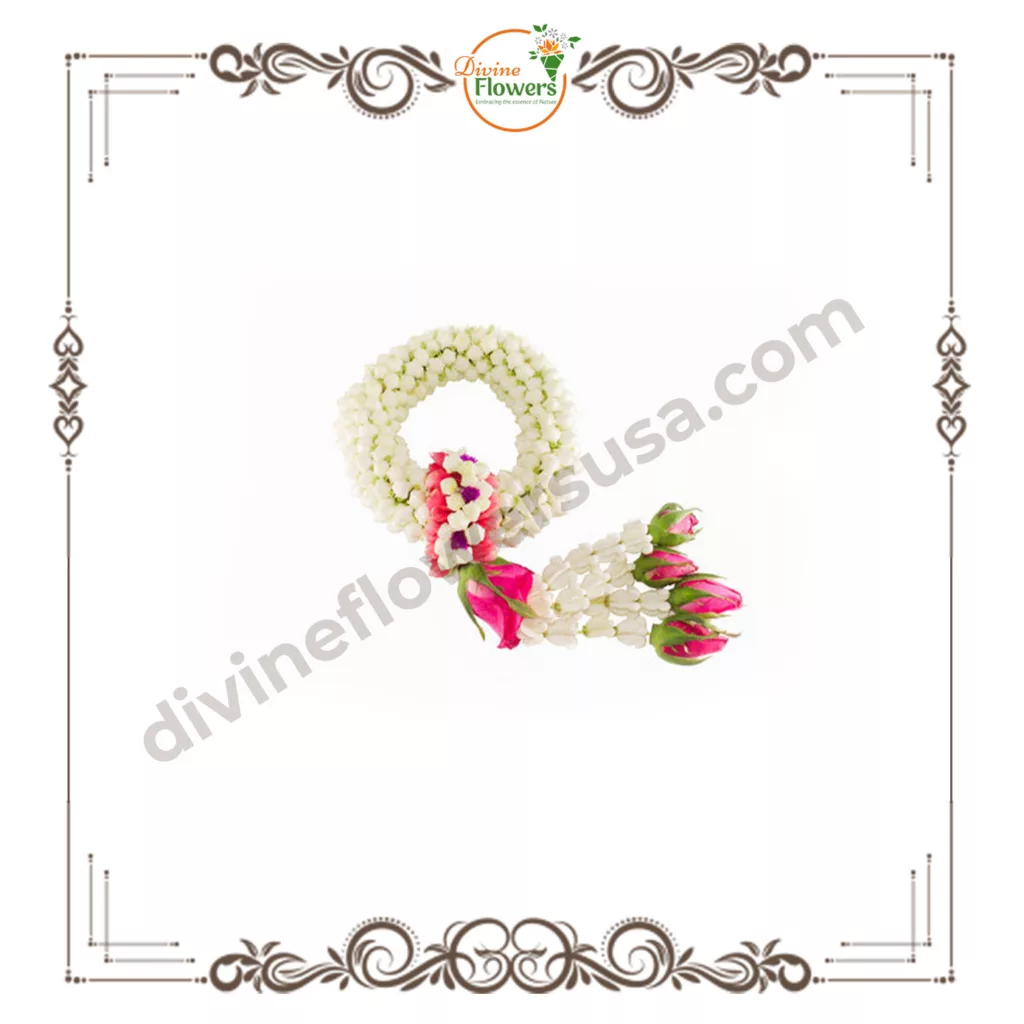
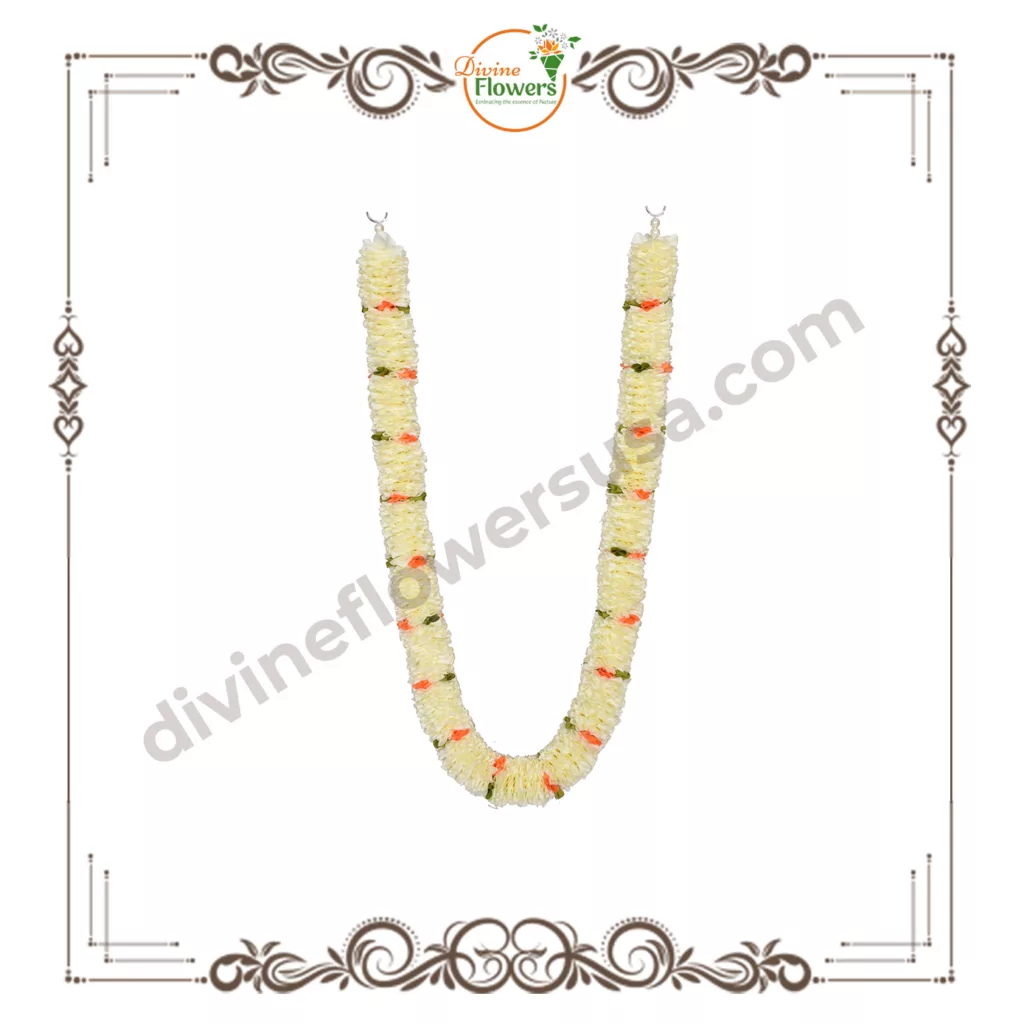
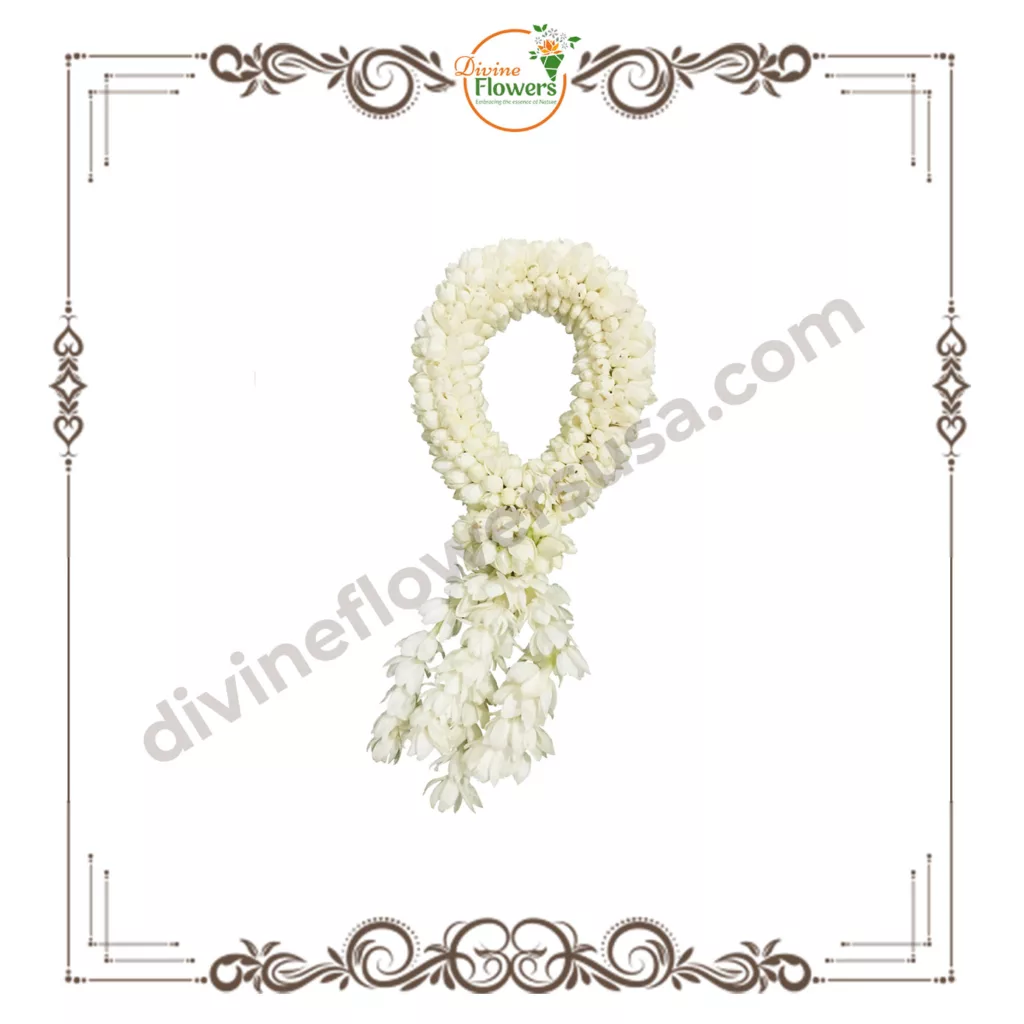
The Fragrant Mullai String:
- Similar to jasmine, mullai, also known as cape jasmine, offers a sweet, heady fragrance that mingles with the spring breeze.
- Its small, star-shaped flowers, strung together, add a touch of delicate charm to decorations.

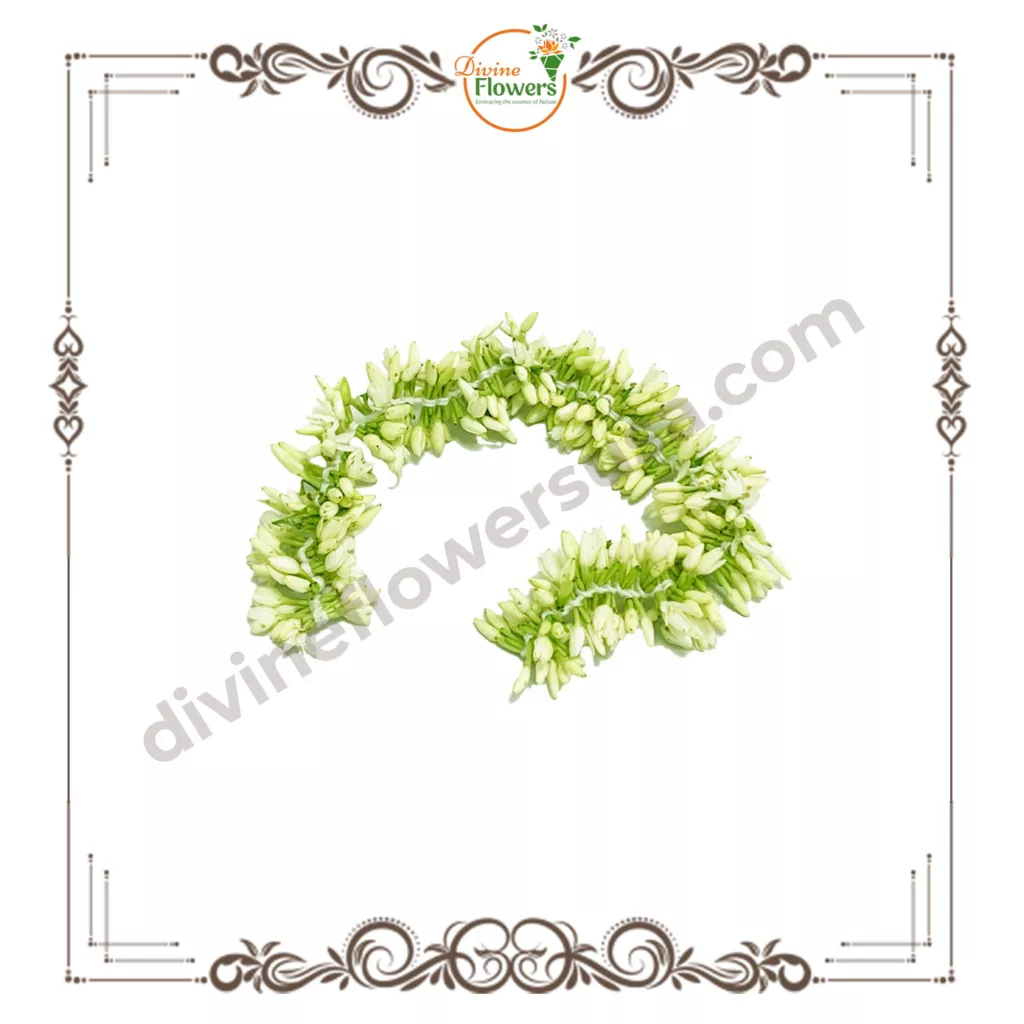
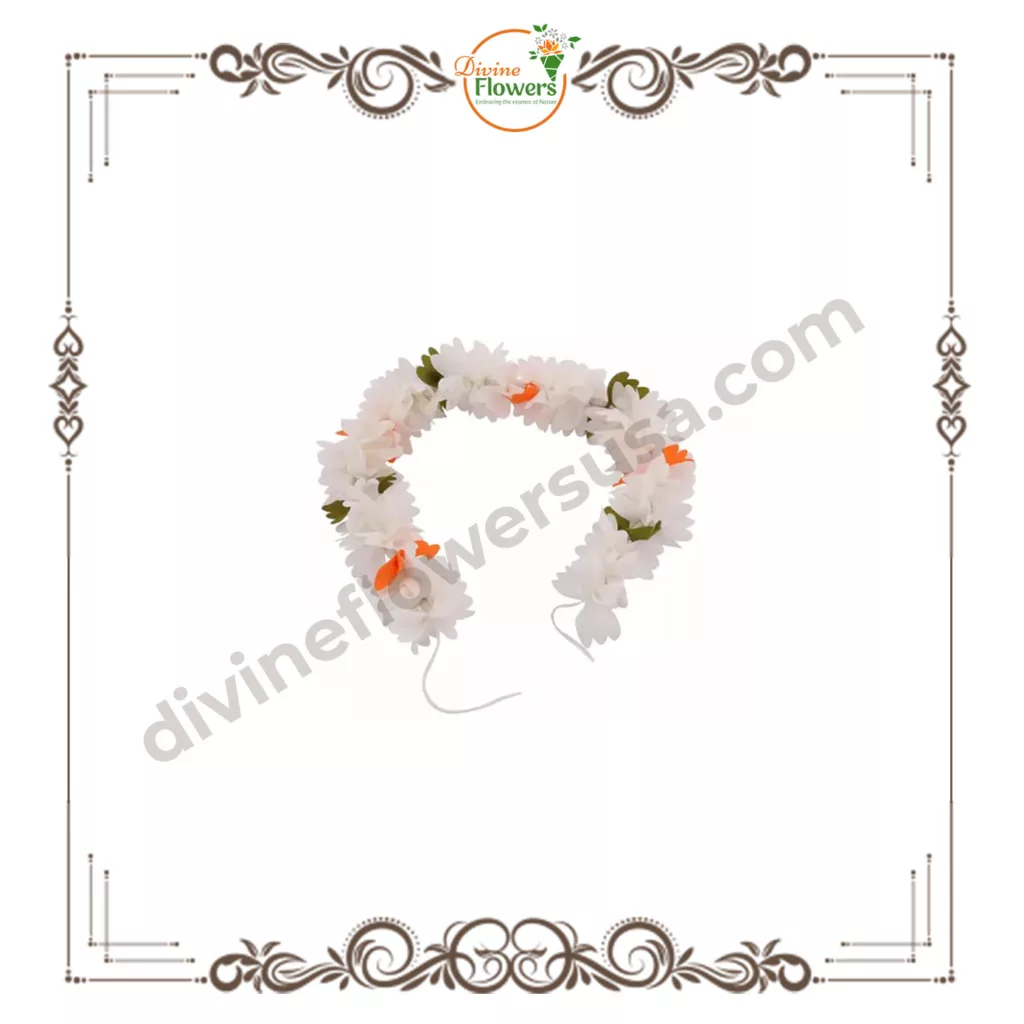
The Pristine White Lotus:
- A symbol of purity, knowledge, and spiritual enlightenment, the white lotus occupies a place of honor in Vasant Panchami rituals.
- Single blooms are offered to deities, while lotus garlands adorn sacred spaces and murtis.
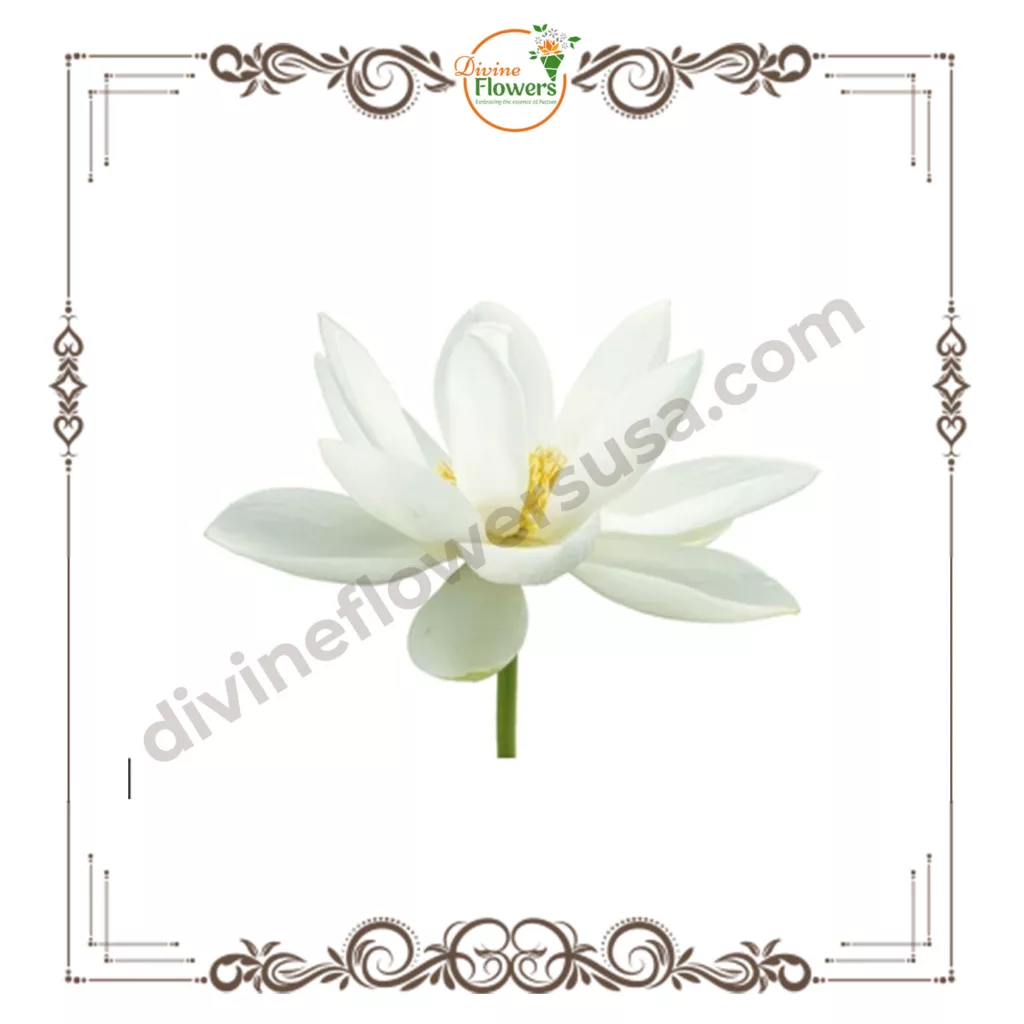
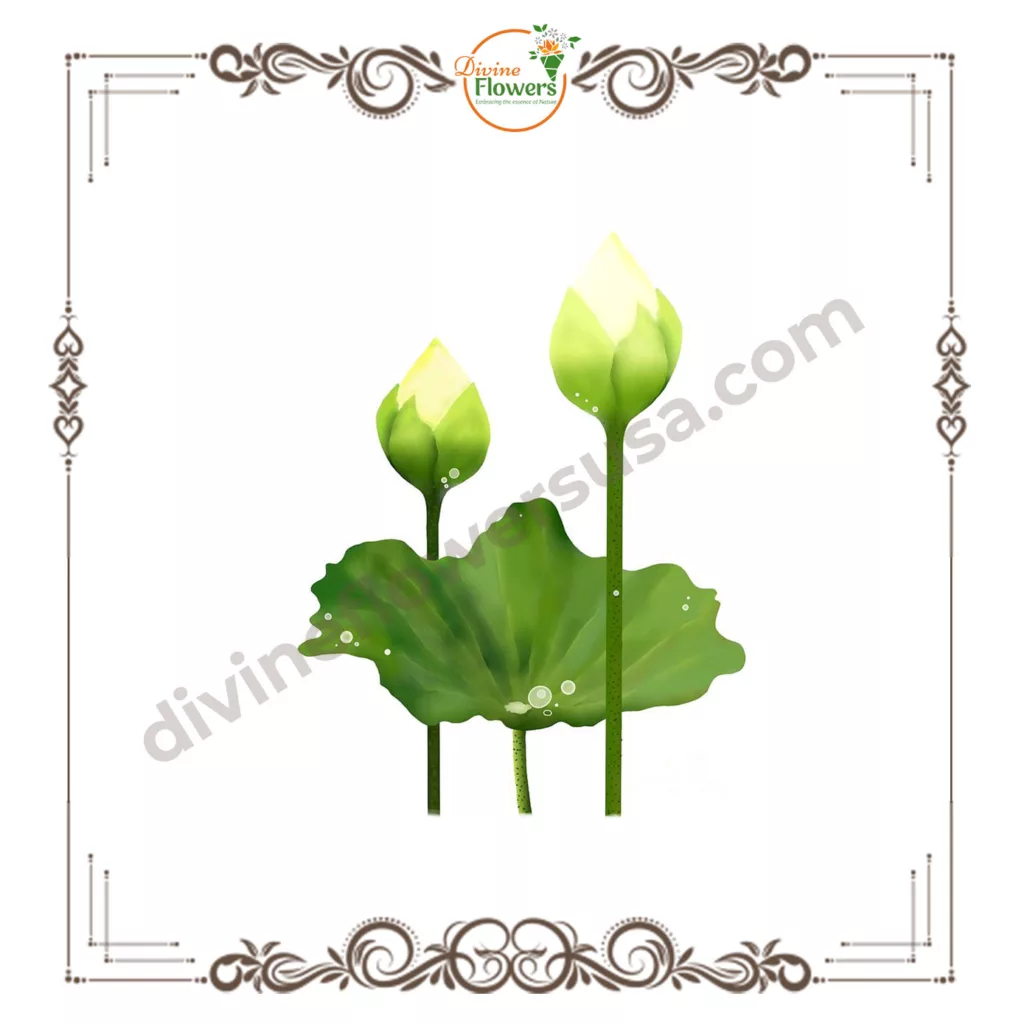
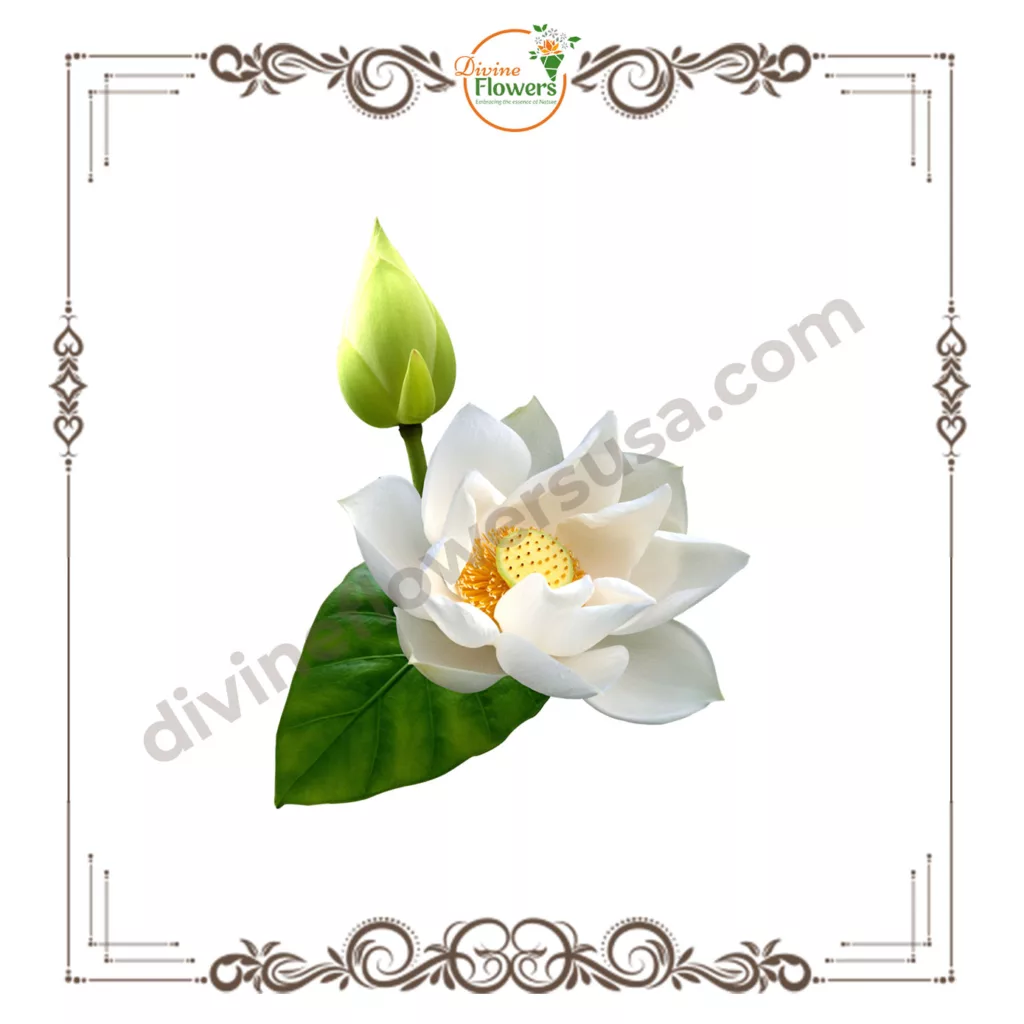
The Majestic Lotus Garlands:
- Lotus garlands, often made with a combination of white and pink lotus flowers, signify prosperity, abundance, and divine blessings.
- They are worn by devotees and used to decorate homes and temples, adding a touch of elegance and serenity.
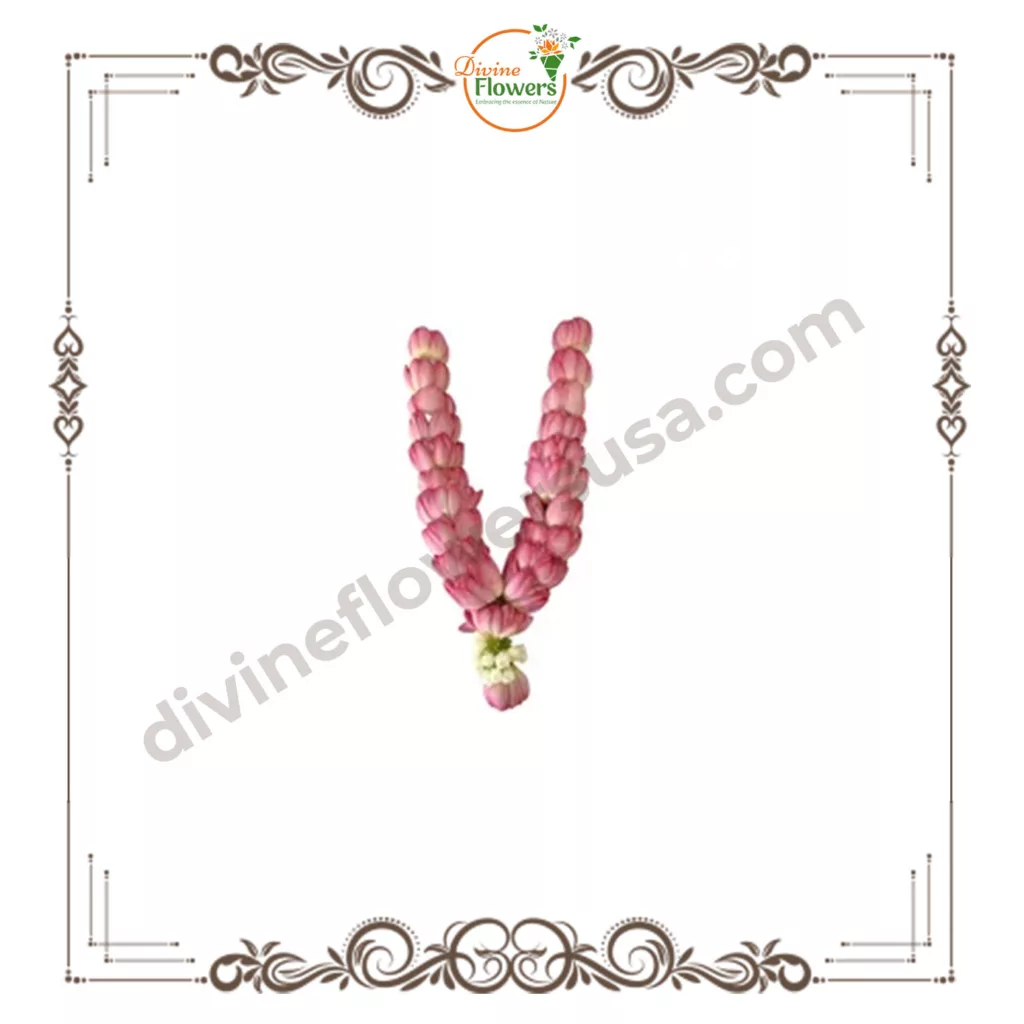
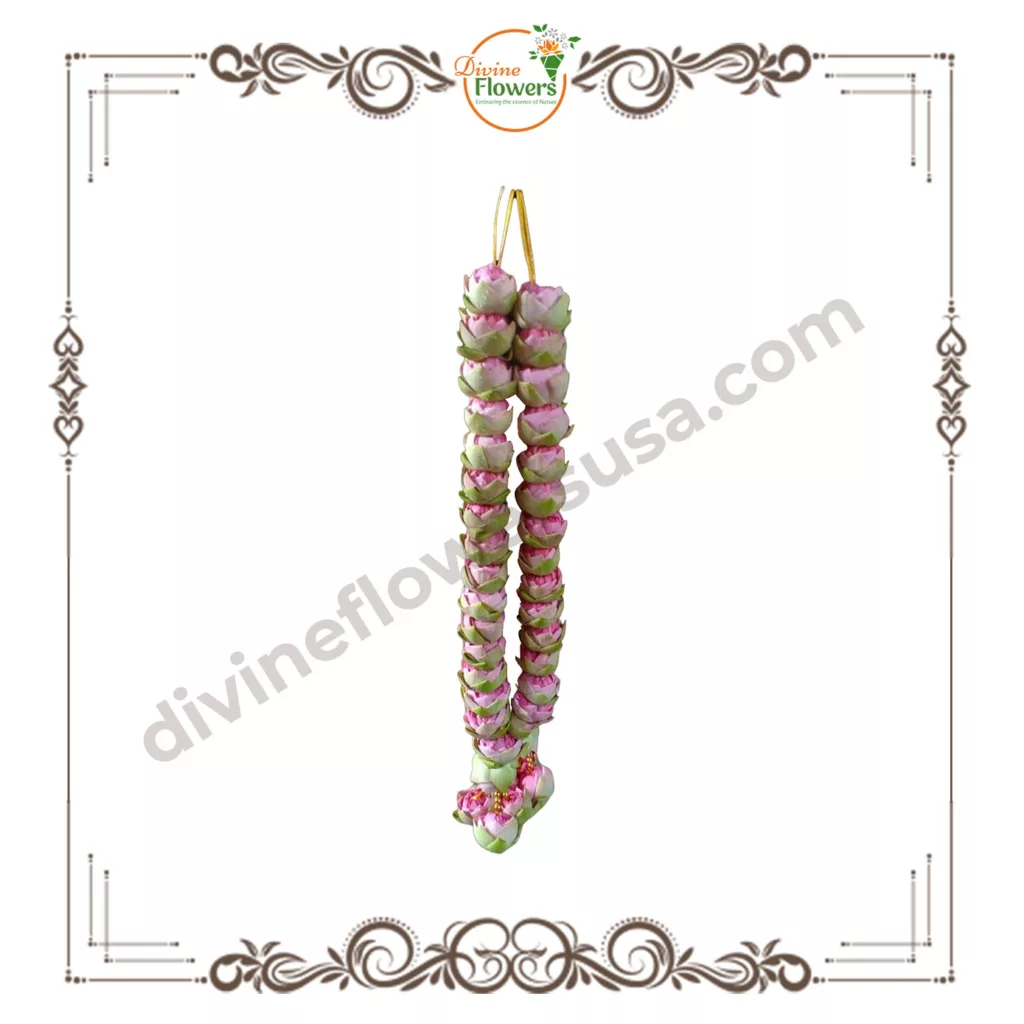

The Humble Banana Leaves:
- More than just a culinary staple, banana leaves hold great importance in Hindu rituals.
- Their broad, green expanse serves as a natural plate for offerings to deities, symbolizing abundance and earth’s bounty.
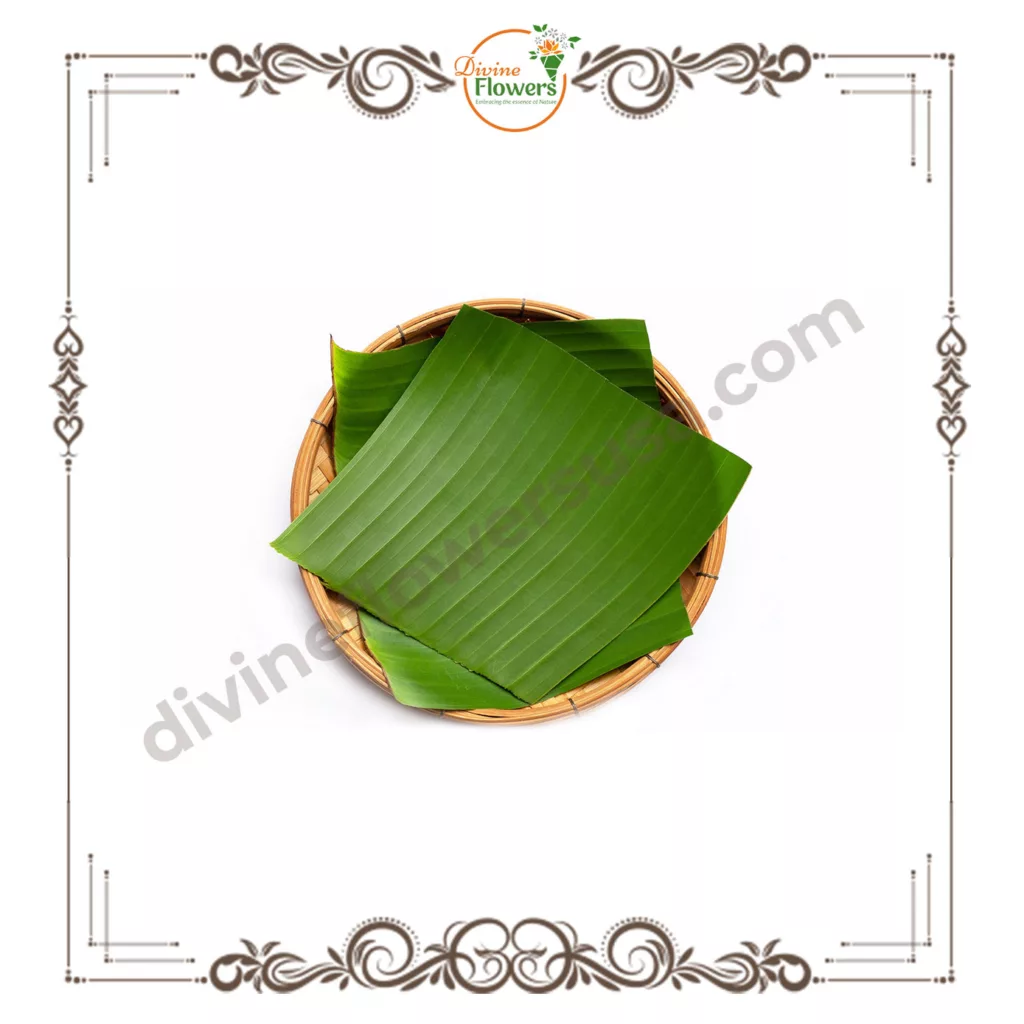
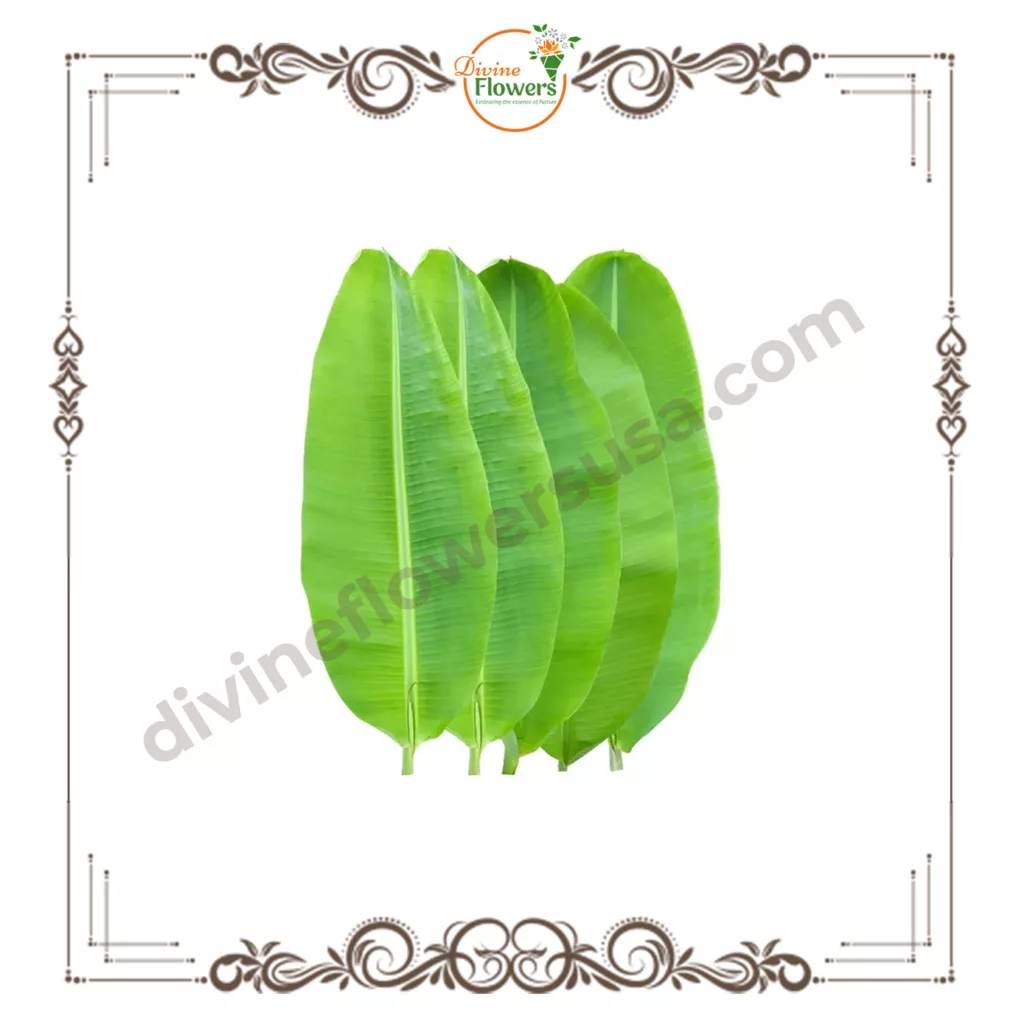
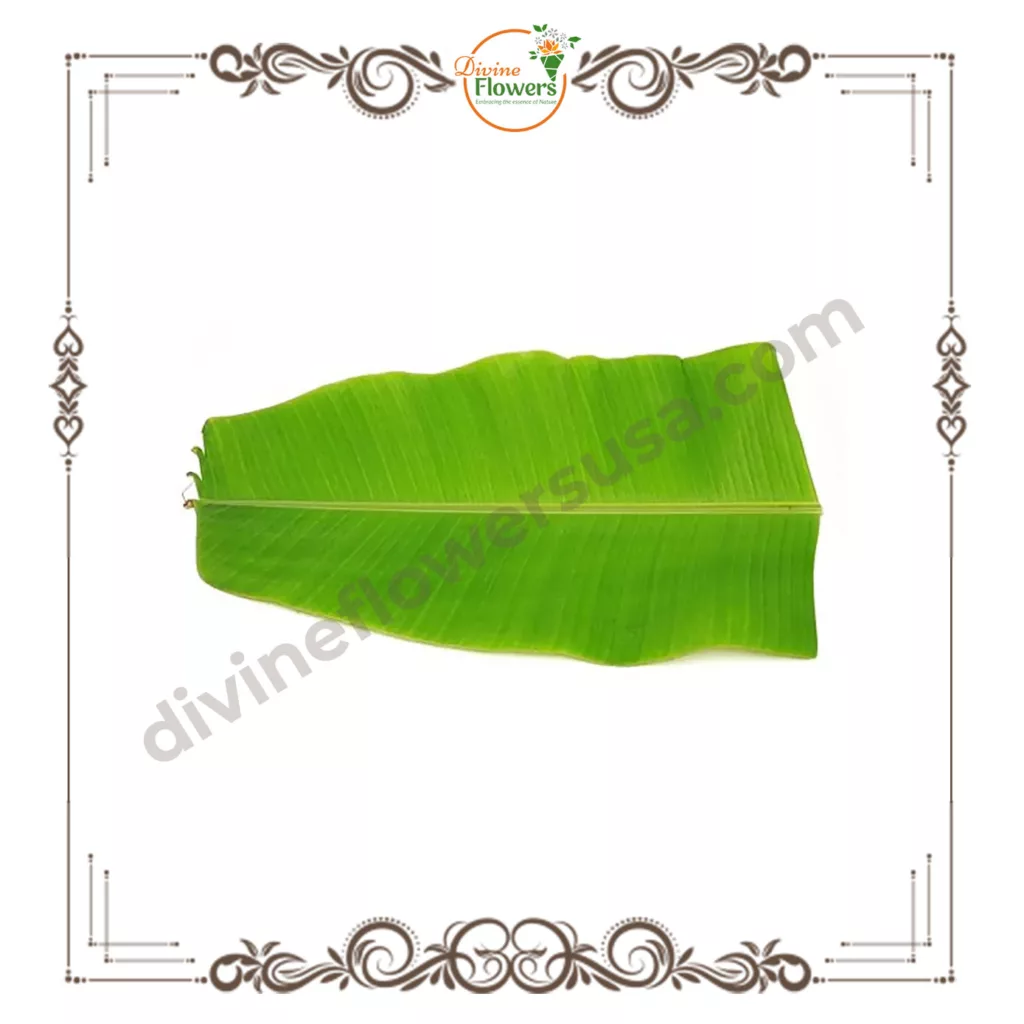
The Auspicious Mango Leaves:
- Mango leaves, with their vibrant green color and distinct scent, represent new beginnings, growth, and prosperity.
- They are used to create torans (doorways) and decorate homes, welcoming spring and good fortune.

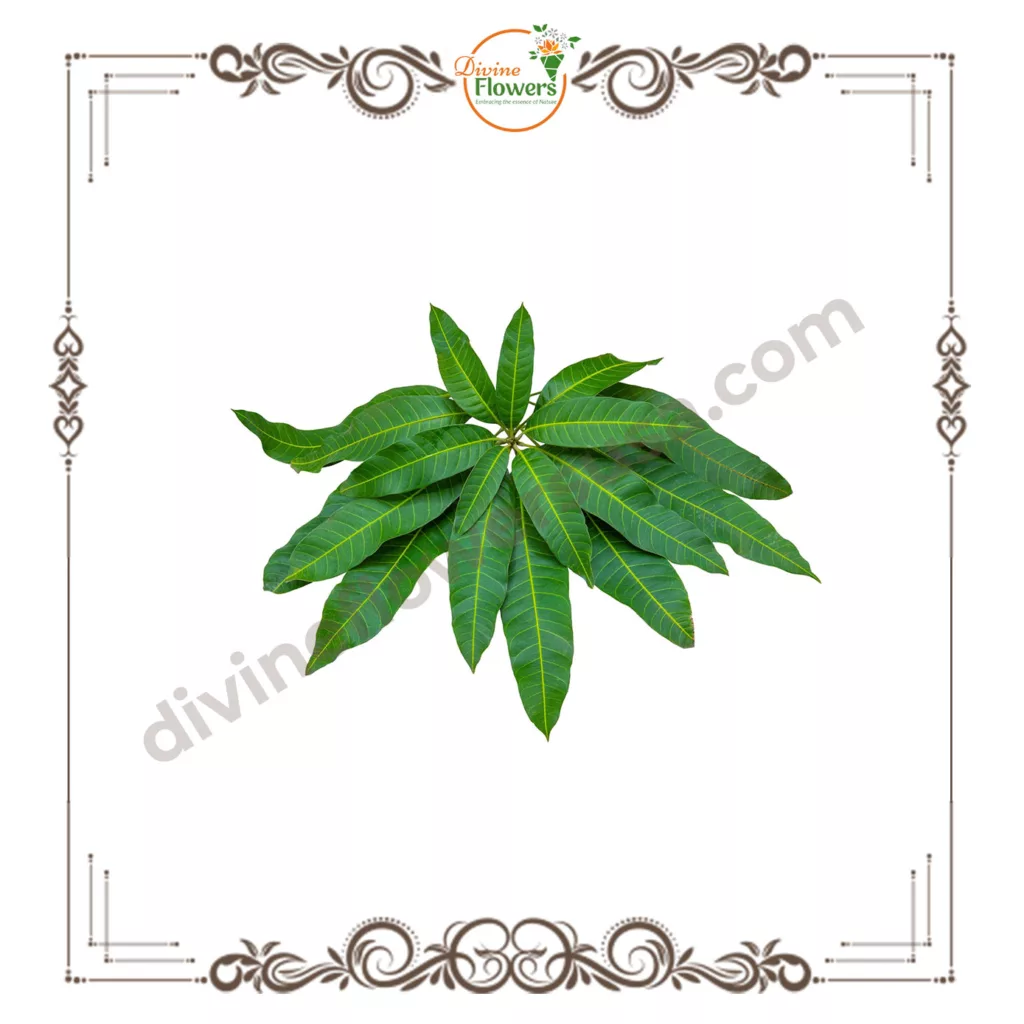
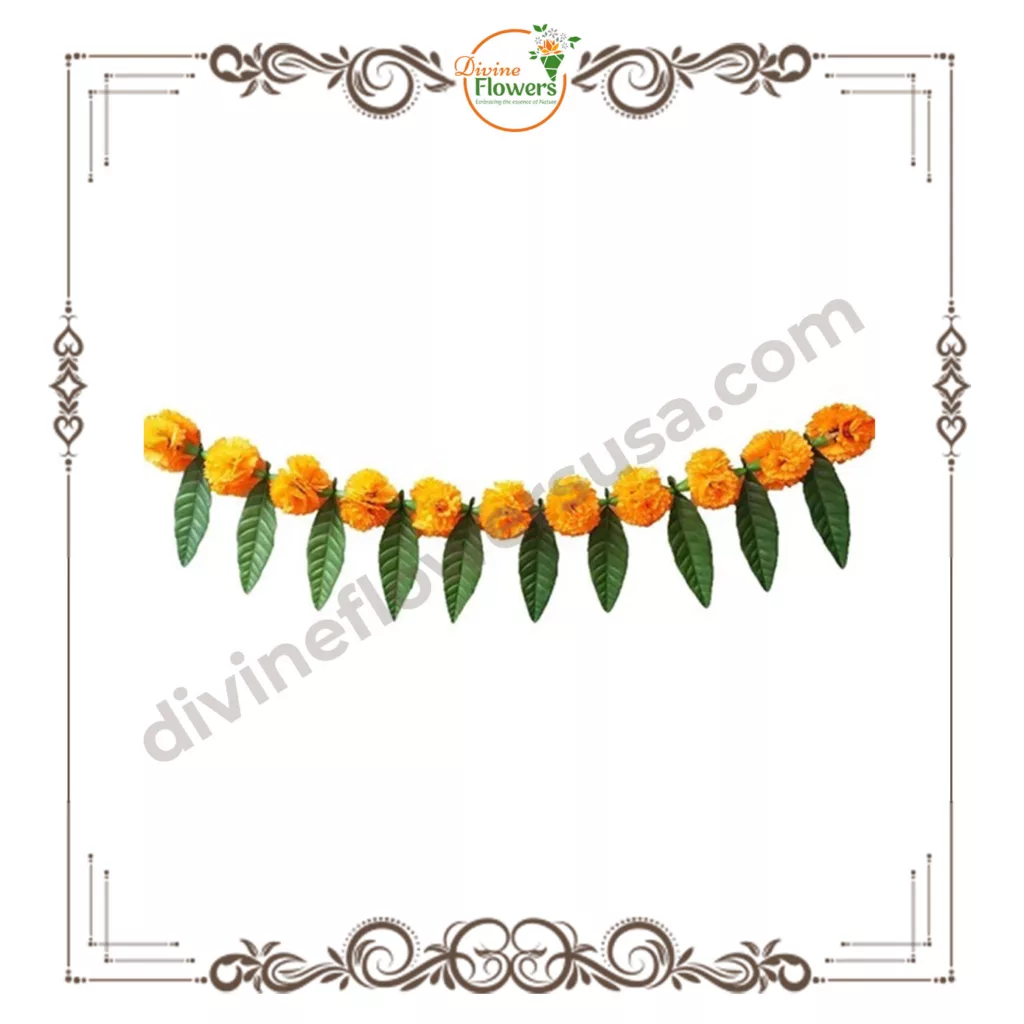
The Delicate Button Roses:
- These tiny, vibrant roses burst onto the scene during spring, adding a touch of playful color to Vasant Panchami celebrations.
- Their delicate blooms are often used in garlands and floral arrangements, bringing a touch of joy and sweetness.

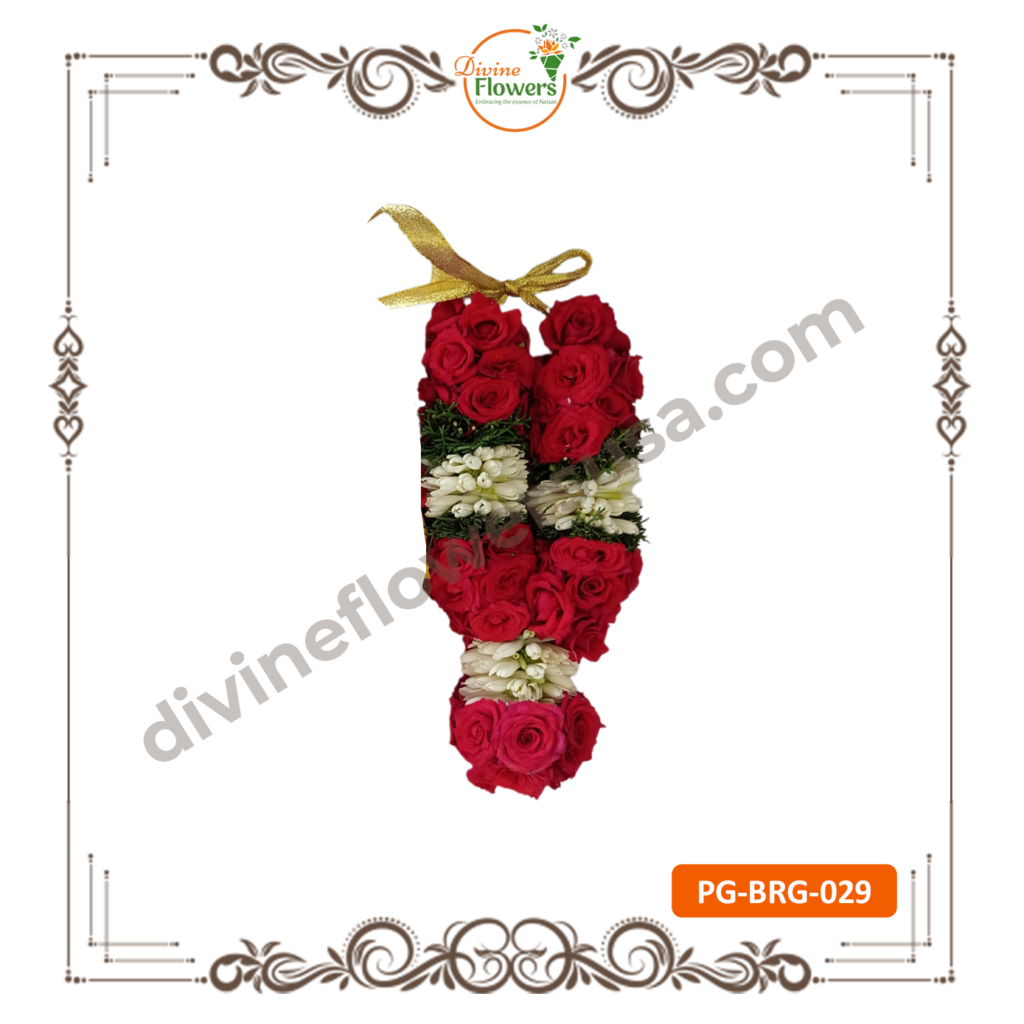
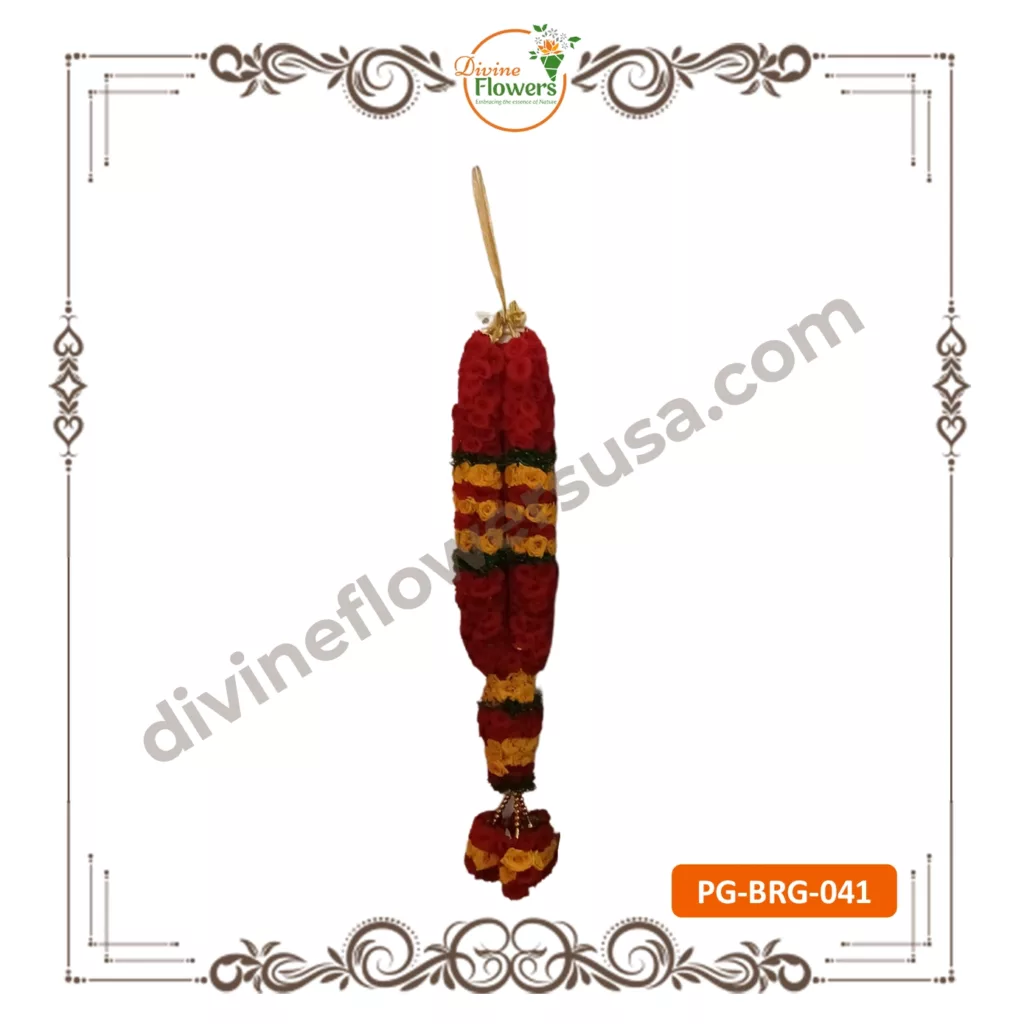
The Elegant Lilies/Tube Roses:
- With their long, trumpet-shaped blooms and intoxicating fragrance, lilies/tube roses add a touch of sophistication and grandeur to Vasant Panchami decorations.
- They are often used in single arrangements or woven into garlands, their fragrance filling the air with a sense of luxury.
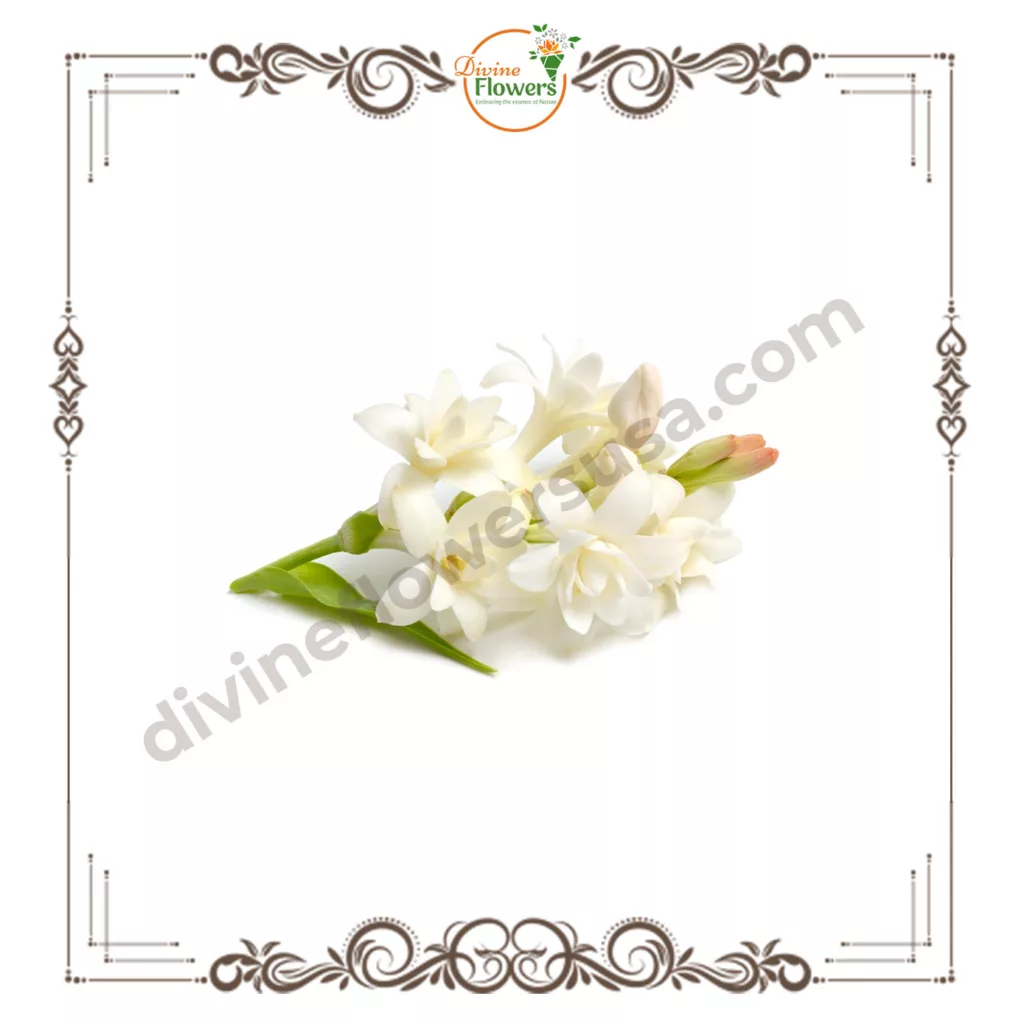
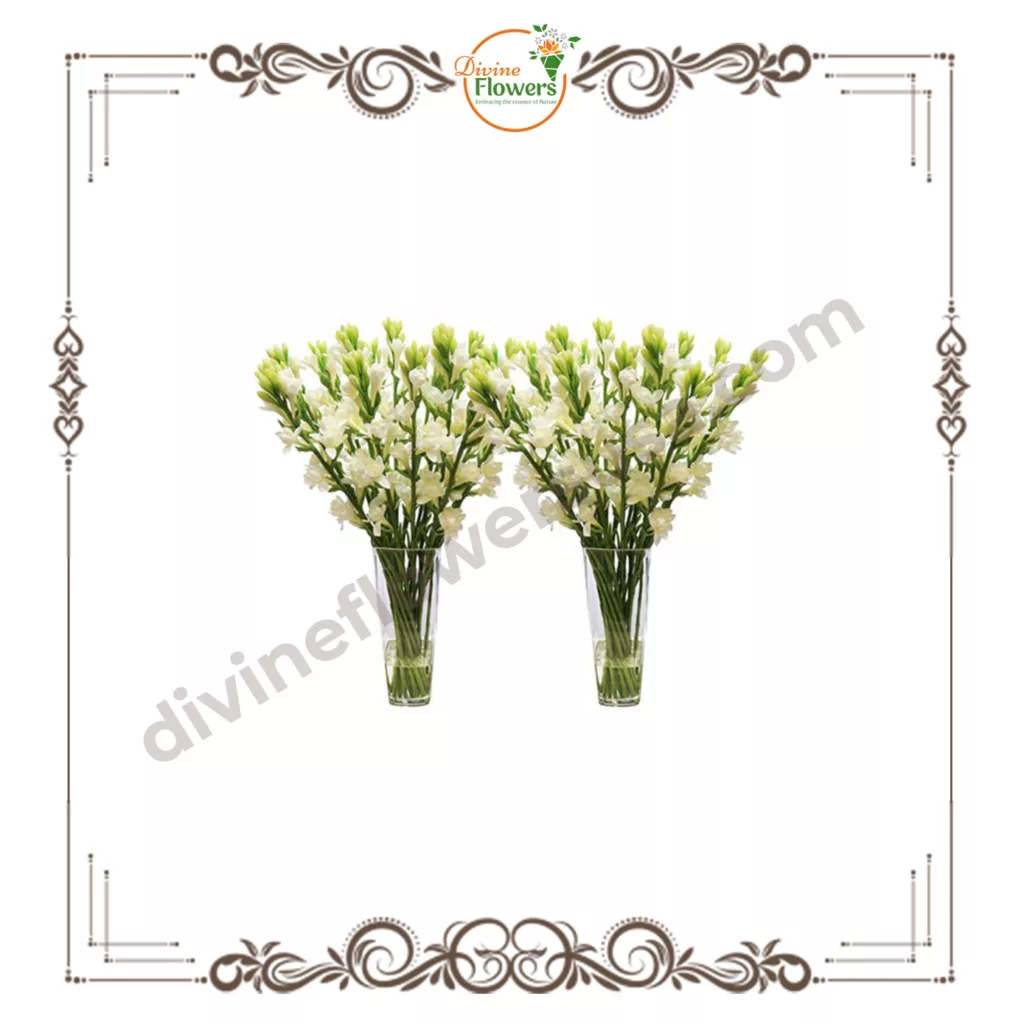
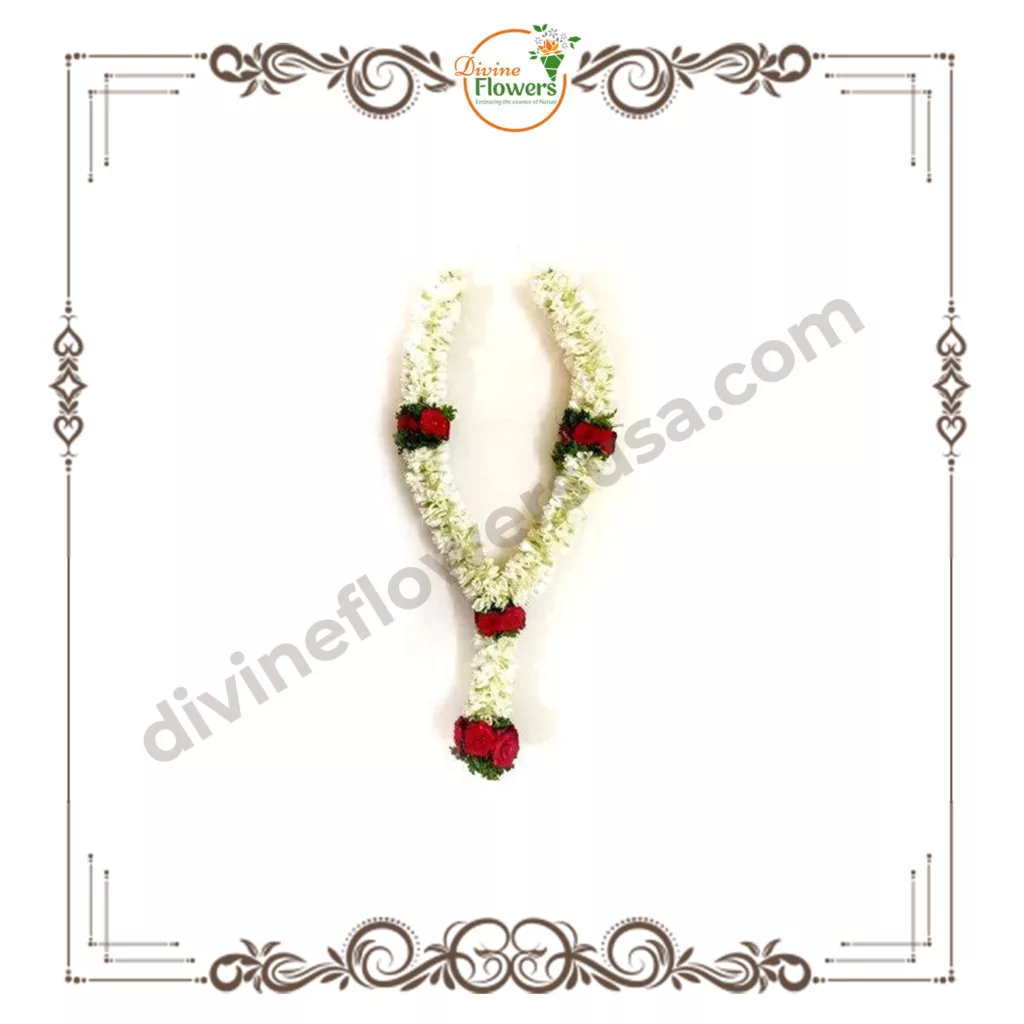
The Sacred Betel Leaves:
- Betel leaves, revered for their medicinal properties and symbolic significance, are an integral part of many Hindu rituals.
- During Vasant Panchami, they are offered to deities and used in prayer offerings, representing devotion and purity.
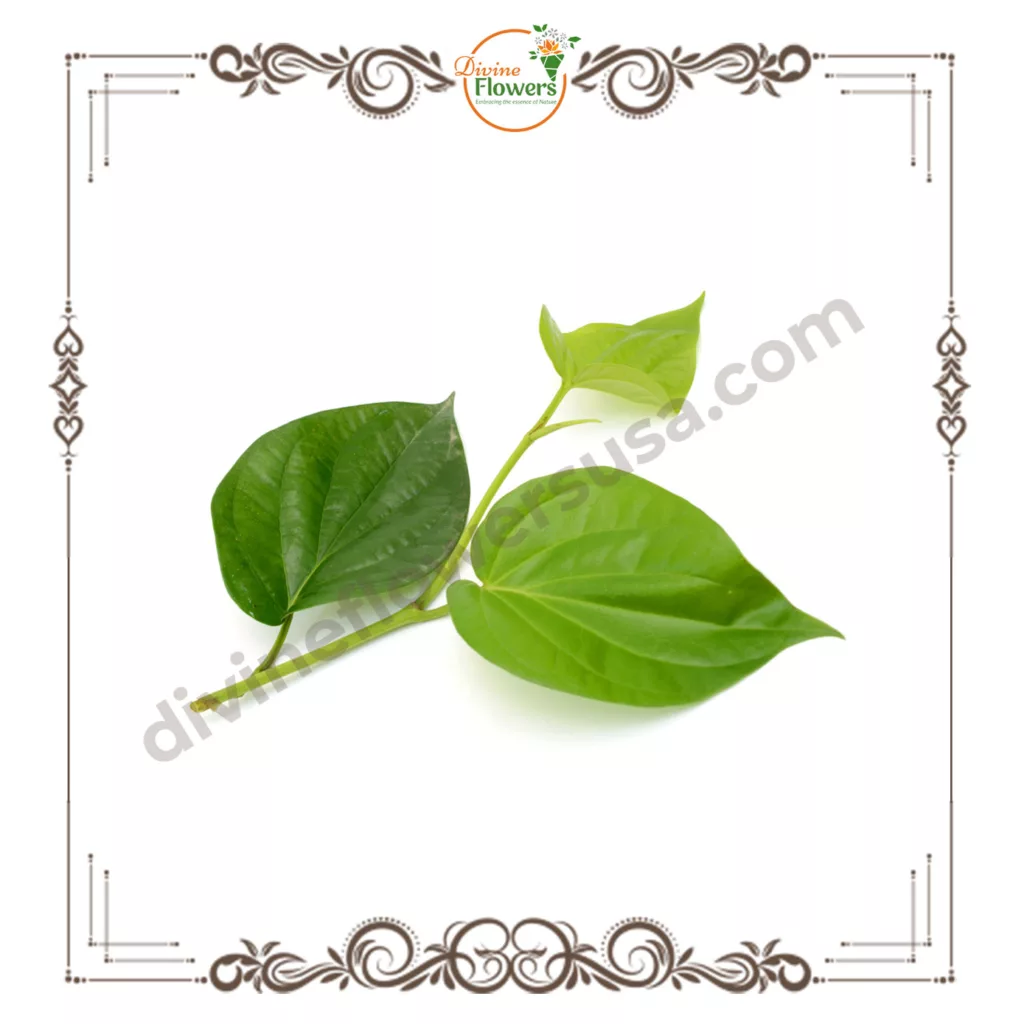
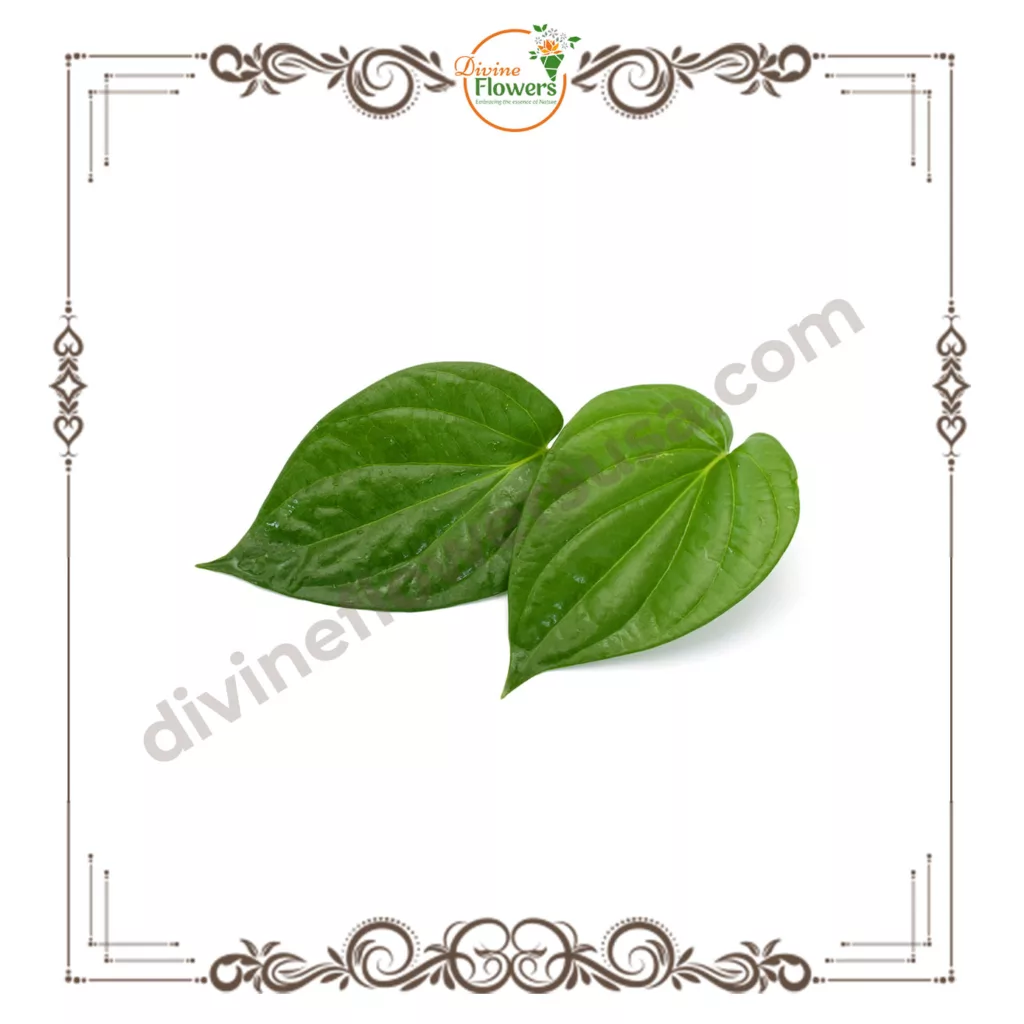
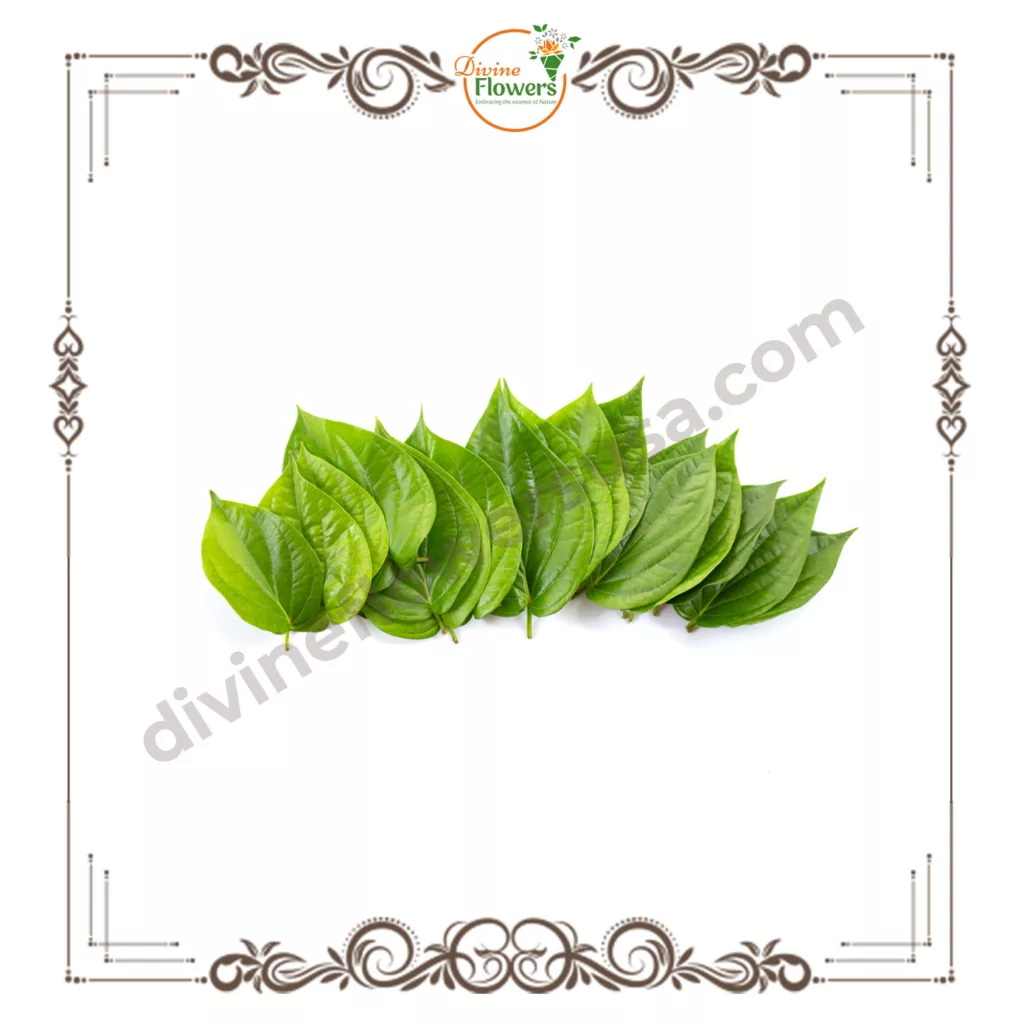
These are just a few of the many flowers, garlands, and leaves that come together to create the sensory feast of Vasant Panchami. Each element, from the delicate jasmine string to the majestic lotus garland, carries a story of spring’s renewal, divine blessings, and the joy of learning and creativity. So, as you celebrate this vibrant festival, let the symphony of spring scents transport you to a world of beauty, hope, and new beginnings.




